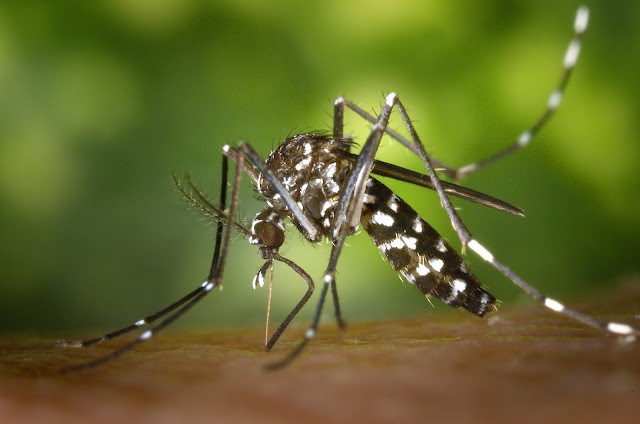Application method and notice of Fulvic acid fertilizer

1. The role of fulvic acid Fulvic acid is often used in agriculture. Fulvic acid's "five functions" in agriculture (improving soil, increasing fertilizer efficiency, stimulating growth, enhancing stress resistance and improving quality) have been guiding the application and progress of humic acid in agriculture. Fulvic acid is a humic acid product with a wide range of applications and high economic benefits. So far, it still has a large market and competitive advantage in plant growth agents, anti-stress agents, fluid fertilizers, pharmaceutical preparations, and cosmetics. Fulvic acid's "four-agent functions" in agriculture (drought-resistant agents, growth regulators, pesticide slow-release synergists and chemical element complexing agents) are classic and unique as a drought-resistant agent. 2. Development prospects of fulvic acid ( 1 ) . The whole process and quality control technology system of China's green food have reached the food quality ...


